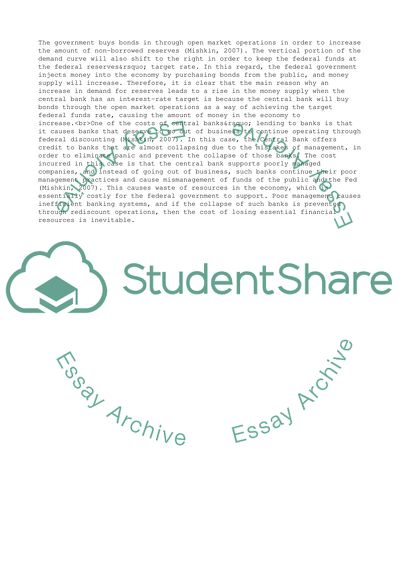Cite this document
(Exchange Rate Regimes: the Central Bank Assignment, n.d.)
Exchange Rate Regimes: the Central Bank Assignment. Retrieved from https://studentshare.org/business/1870067-money-and-banking
Exchange Rate Regimes: the Central Bank Assignment. Retrieved from https://studentshare.org/business/1870067-money-and-banking
(Exchange Rate Regimes: The Central Bank Assignment)
Exchange Rate Regimes: The Central Bank Assignment. https://studentshare.org/business/1870067-money-and-banking.
Exchange Rate Regimes: The Central Bank Assignment. https://studentshare.org/business/1870067-money-and-banking.
“Exchange Rate Regimes: The Central Bank Assignment”, n.d. https://studentshare.org/business/1870067-money-and-banking.


